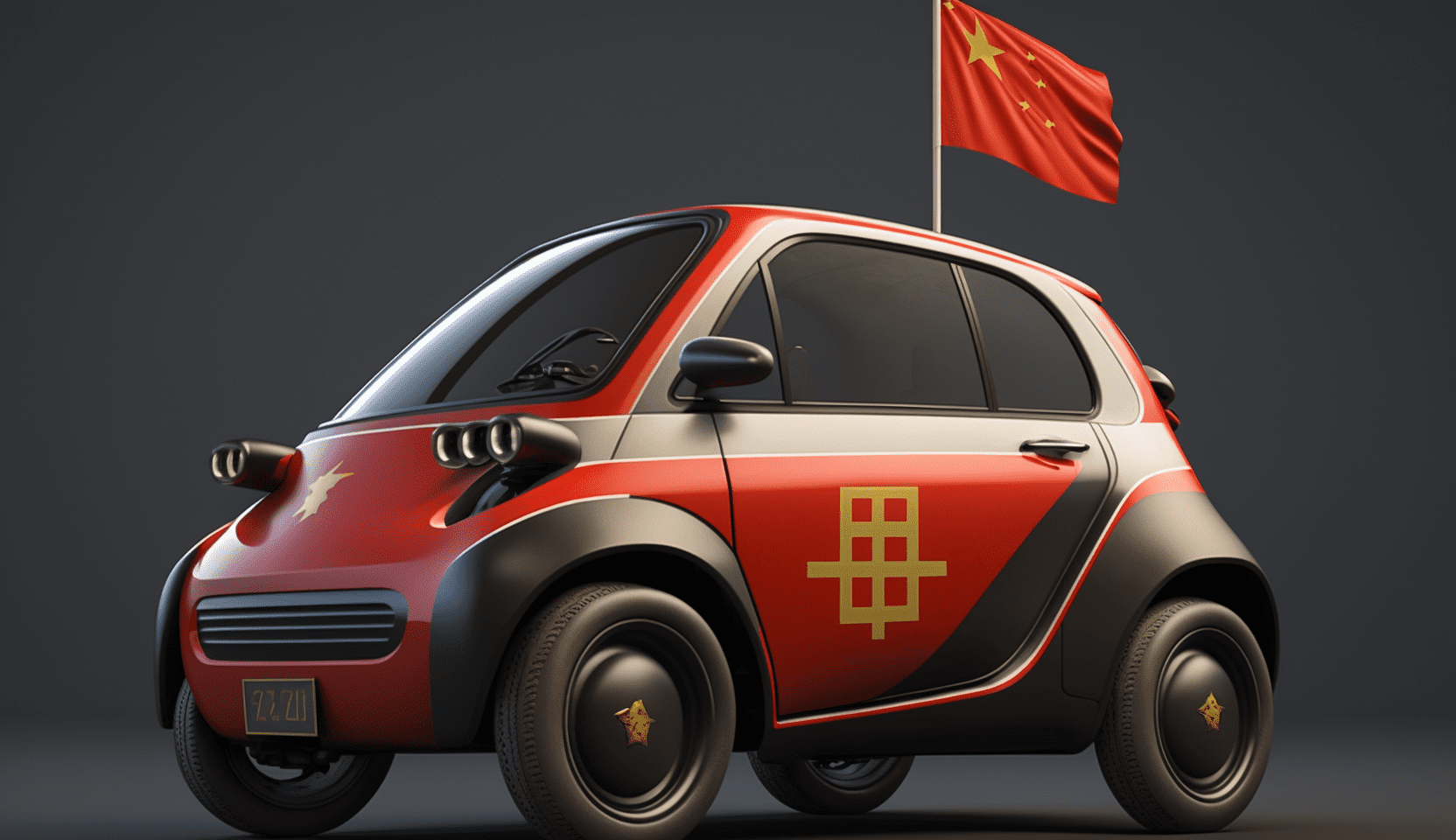
Recently, there was one of the most important Chinese car shows: the Auto Shanghai. Of course, the German OEMs were there to emphasize their position. But business in China is far from going as Audi, BMW, Mercedes & Co. would like. The Chinese are spurning German manufacturers, especially when it comes to electromobility. Too little innovation and, above all, too expensive.
The top 10 registered vehicles
This becomes particularly visible when looking at the top ten registrations in China. The automotive specialist Jato Dynamics has just published figures for various markets. The only model from a German manufacturer that made it into the top ten in 2022 is the VW Lavida, built by a joint venture in Shanghai.
The front-runner is the Toyota Corolla/Levin in various internal combustion and PHEV vehicles. The only vehicle from an all-electric manufacturer is the Tesla Model Y, with 332,000 registered vehicles in 7th place, followed by the BYD Qin, which is only available as a PHEV.
Electric cars made in Germany
The situation for electric cars from Germany, on the other hand, is deplorable. This was also reflected at Auto Shanghai, where Chinese car companies and start-ups presented numerous new electric cars. The Germans came with older studies (BMW) or formula showpieces (Audi), or luxury sleighs (Mercedes-Benz Maybach) that barely moved the needle.
First versus 2nd and 3rd generation
The development in Germany is subject to other speeds. People have made themselves comfortable in the 4-6 year cycle here. However, this no longer applies to electromobility. There, work on the efficiency of the vehicles is relentless. Tesla, for example, is continuously improving, releasing one software update after another and also continuously improving the hardware. And some Chinese companies literally turn 6 years into 6 months. Take Zeekr, for example: the 001 was unveiled in early 2021 and rolled off the production line as early as December of the same year. In the meantime, the Geely brand has unveiled other models. For example, the Zeekr X, which is intended for the European and global markets.
Smart, Polestar & Co.
But long-established brands are also subject to the new Chinese era, which applies above all to brands from the Geely group. That means Volvo, Polestar, Denza, Lotus, and, last but not least, smart. Geely’s joint venture with Mercedes-Benz has actually accelerated the development of new smart models. The #1 and soon the #3 are all based on the in-house platform. Mercedes seems to be contributing only to the design and the good name.
Speaking of design
Whereas German OEMs are getting fancy with numerous convex and concave beads and indulging in “Gelsenkirchen Baroque” in the interior, Chinese automakers are delivering interior designs that are more reminiscent of sophisticated Scandinavian design. BYD, Xpeng, NIO & Co. have their bodies and interiors – and this is the piquant part – drawn in Europe, especially Germany or Sweden.
Generation turbo
While the first all-electric attempts of the Chinese were still bumpy and the second generation was still afflicted here and there with flaws such as slow charging performance, the 3rd generation is now ready and the 4th generation is in the starting blocks. 800-volt architectures (Lotus), new batteries (CATL) with higher energy densities, structurally reinforcing battery packs (BYD) and highly efficient digital battery management and infotainment systems, comprehensive connectivity and sensor technology are being deployed in new models at lightning speed.
Even the small cars in China are more advanced than the lower mid-size cars in Europe. The equipment of the BYD Seagull alone, which costs the equivalent of between 11,500 and 14,500 US dollars, makes the German middle class look pale.
Conclusion
China is taking giant strides to overtake the rest of the world. No class is safe from competitors from the Middle Kingdom. Small and subcompact cars are frowned upon in Europe anyway. There is hardly any margin to be made there. But even the luxury class is no longer safe. Whether Polestar 3, Volvo EX90 or Lotus Eletre, a lot of electric cars are offered for the money. Even Tesla will have to dress warmly to avoid being left behind from the middle of this year. Xpeng has just published a spot that mocks the Tesla Model Y with the newly introduced G6 – interesting that they don’t seem to have the German OEMs on their radar at all.
But there is still calm in the executive suites of the classic OEMs: The European consumer does not yet have the Chinese automakers on his radar. However, this could change radically with the comparative tests of the next few months.

